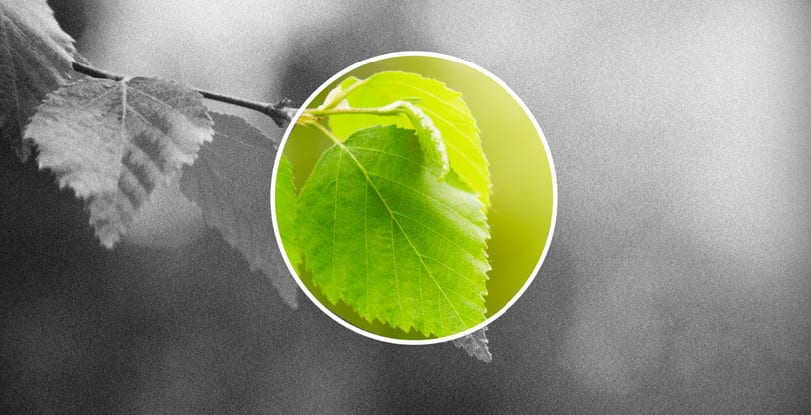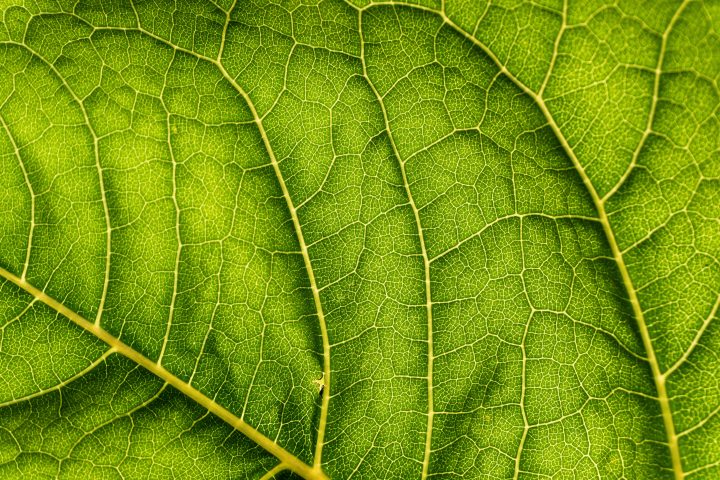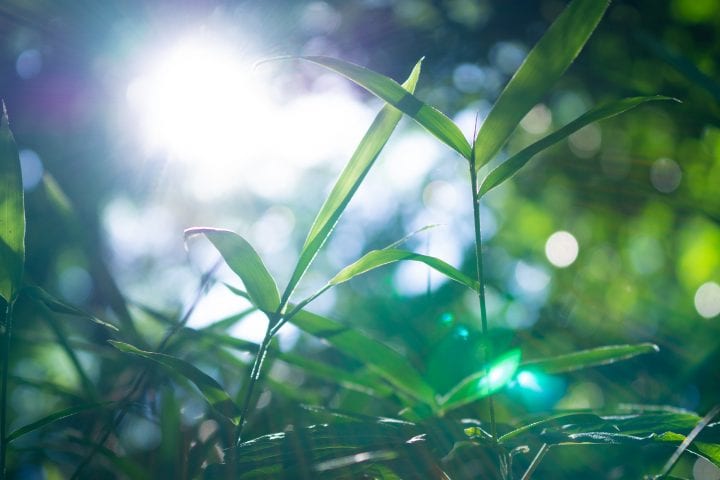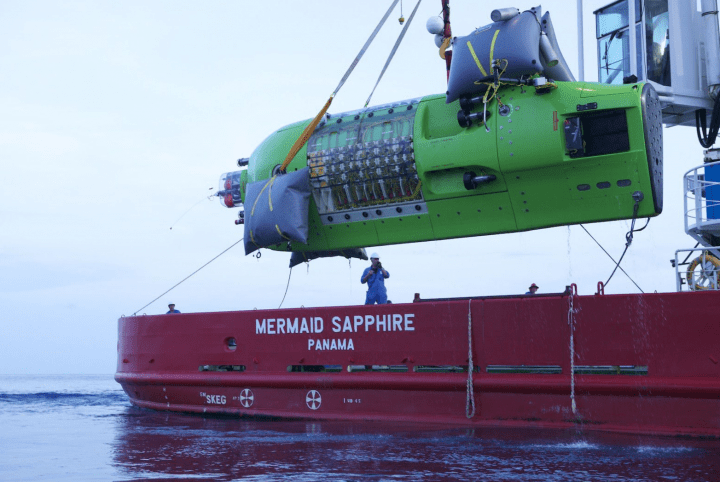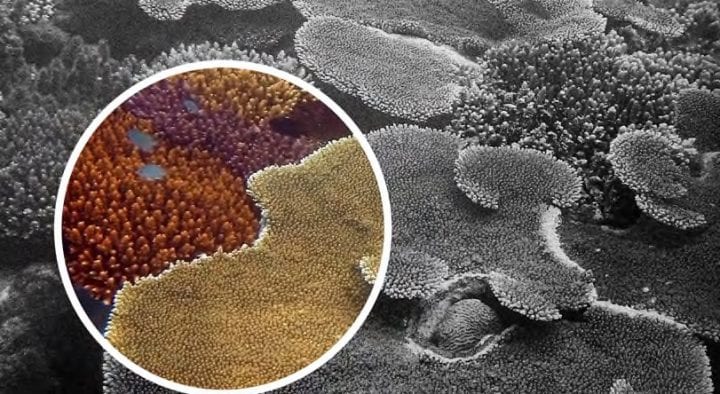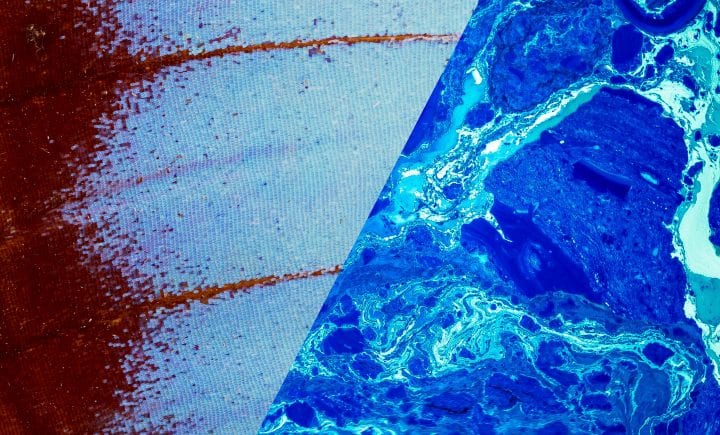Bring biomimicry into chemistry class with this nature-inspired lab activity in which students build a working solar cell inspired by leaves. Available in English and Spanish.
Objectives
- Students will describe differences between silicon-based and dye-sensitized solar cells.
- Students will construct their own dye-sensitized cells out of basic materials.
- Students will observe how solar energy can be converted into electrical energy using solar cells.
- Students will recognize that nature-inspired technology is highly relevant to today’s technological challenges.
In this lesson plan, student construct a dye-sensitized solar cell at ambient temperatures, using a few simple materials. Dye-sensitized solar cells (DSSC) are solar cells inspired by photosynthesizing plants. They have many advantages over conventional silicon solar cells, which require energy intensive processes to create. DSSCs are generally considered much more environmentally benign compared to silicon solar cells because they use relatively non-toxic materials and require less energy to manufacture.
See Related Content
The lab offers an excellent hands-on illustration of a biomimetic technology and has been used successfully with students in upper elementary grades to undergraduates in college. This lab and lesson can be done in 1-2 class periods, or extended with additional instruction on .
Lesson plans for the lab are provided in both English and Spanish geared toward high schoolers in 10th-12th grade, and home schoolers in upper elementary grades through high school. Lab kits containing key materials required for the lab can ordered from the Institute for Chemical Education for approximately $45.
Lab Procedure
The following video demonstrates the lab procedure for this lesson.
Lesson Plans
Additional Resources
- Similar lab instructions are available in French, German, Dutch, Russian, Japanese, and Chinese from Sol Ideas.
- Background reading: “Solar panels pose an environmental hazard, claims report.” Venture Beat, January 14, 2009
